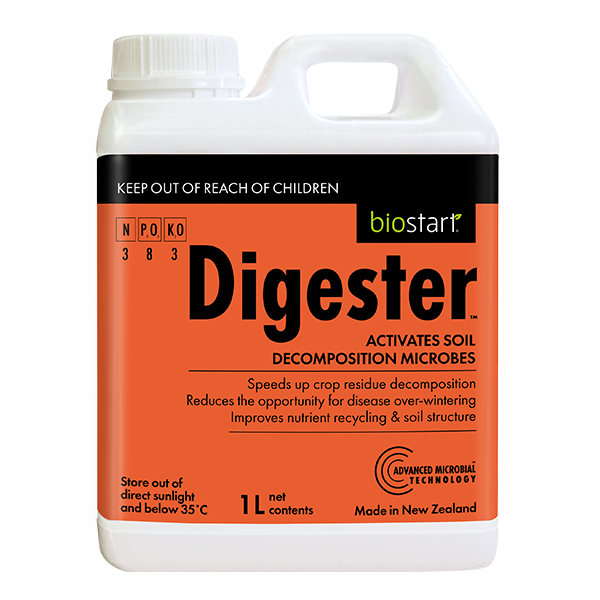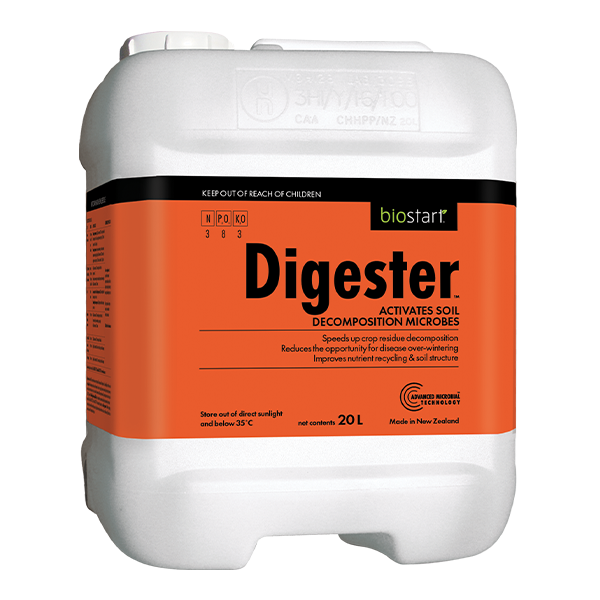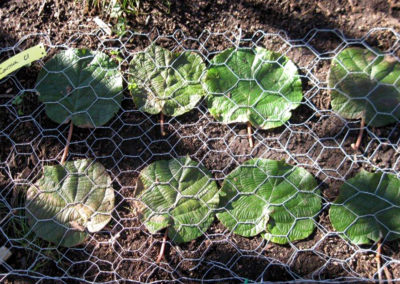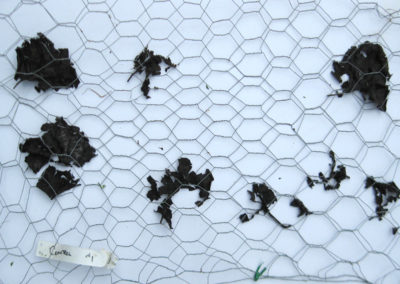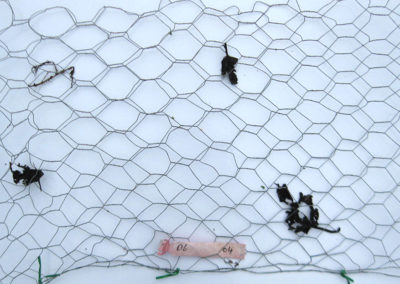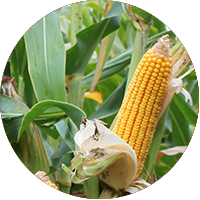Digester
Decomposition product for faster plant breakdown and nutrient recycling.
Available pack sizes: 1, 10, 20 L. NEW: Certified organic version
Available at leading rural retailers, or call 1800 359 559 or contact your sales rep to purchase.
Decomposition is the process that releases and recycles the nutrients in organic matter such as prunings, crop residues and old roots back into the soil as well as to revive pasture and turf.
The naturally occurring decomposition microbes already in your soil can be encouraged to speed up of breakdown resulting in faster crop rotation, soil enhancement and orchard hygiene.
Digester is a decomposition product that stimulates decomposition microbes to speed up breakdown and composting of organic matter.
Digester enhances the decomposition of prunings, leaf litter, cover crops, old roots and post-harvest crop stubble – recycling nutrients faster and more completely and building soil ready for the following seasons’ crops.
Use Biostart Digester to:
- Return nutrients and organic matter to the soil for improved plant nutrition
- Increase the soil’s cation exchange capacity (CEC)
- Increase the soil’s water-holding capacity
- Improve soil aeration and structure
- Increase new root growth by breaking down old roots in mature orchards and vineyards
- Reduce plant disease by decomposing the organic material it feeds on over winter
- Prepare annual crop seedbeds for the following season
- Breakdown cover crops quickly before planting the following crop
- Activate compost to enhance soil faster.
- Break down thatch and revive and restore turf and pasture
Before and after
Digester is made from fermentation extracts of the beneficial soil microbe Pseudomonas putida, which work by activating the saprophytic fungi in the soil involved in decomposition.
Directions for use:
- Invert container and shake well before use
- Apply Digester directly on to crop trash or prunings
- Needs soil moisture/rain and active soil biology
- Digester can be tank mixed with herbicides, fertigation nutrients and suspension fertiliser
- Digester can be applied through fertigation systems and through overhead irrigation systems fitted with an appropriate system.
- In low organic matter soils, low fertility soils or after drought add technical grade ammonium sulphate at 30 kg/ha
- For best results avoid applying Digester in the heat of the day.
Crop specific information
| Crop | Timing | Application rate |
|---|---|---|
| Grapes and Berries | Post-pruning or leaf fall; or at mulching | Standard programme: Apply 2 L/ha in a minimum of 200 L of water applied over leaf litter and prunings to the soil. If only applying to the weed spray strip (1/3 ha) then this is equivalent to 0.66 L Digester/ha. Premium Programme or for heavy disease overwintering, cut-out diseased vineyards, compacted or water-logged soil: Apply 4 L/ha in a minimum of 200 L of water. If only applying to the weed spray strip (1/3 ha) then this is equivalent to 1.3 L Digester/ha. |
| Pipfruit, Stonefruit, Kiwifruit, Citrus, and Avocadoes |
Autumn/Post-harvest; Post-pruning and/or leaf fall | 4 L/ha in a minimum of 200 L of water applied over leaf litter and prunings to the soil. For heavy disease over-wintering, cut-out diseased orchards, compacted or water-logged soil: 6 L/ha in a minimum of 200 L of water. |
| Nuts | Prior to harvest | Low organic matter soils fertigation programme: 2 L/ha via fertigation or with the last weed spray prior to harvest. Standard fertigation programme: 4 L/ha via fertigation or with the last weed spray prior to harvest. |
| Vegetables including sweetcorn | Post harvest | 4 L/ha in a minimum of 200 L of water applied over crop trash to the soil. For crops with heavy disease over-wintering e.g. asparagus apply 6 L/ha in a minimum of 200 L of water. |
| Pasture | At spray out | 2 L/ha in a minimum of 200 L of water sprayed with the herbicide. |
| Turf | Spring and Autumn | 5 L/ha in a minimum of 600 L of water. |
| Maize and Cereal Silage | Post harvest | Apply 2 L/ha in a minimum 200 L of water to the soil during or after stubble incorporation. |
| Maize for grain | Post harvest | Apply 4 L/ha in a minimum of 200 L of water to soil during or after stubble incorporation. |
If your crop isn’t included above, please contact your local BioStart representative for personalised information.
To reduce application cost: co-apply with commonly used post-harvest herbicides or liquid fertiliser. Digester can be applied via ground sprays, overhead sprinklers or fertigation systems. For high crop residue levels, a nitrogen source may be recommended to further assist decomposition. Call BioStart for further information.
Mixing instructions: Partially fill the spray tank with clean water and start agitation. Add the required amount of Digester to the tank.
Complete filling the tank with the required volume.
Application: The decomposition process takes time in colder temperatures. For best results in spring, apply in autumn or early winter. Apply early morning, early evening or in overcast conditions to moist soils and wash or rain in. For best results finely cut woody material. Calibrate sprayer before use. The Digester application rates above can be applied in 200-1,000 L/ha of water.
Nil withholding period.
Material Safety Data Sheet
Download the material safety data sheet.
Label information
Download the Digester product label.
Compatibility
Digester is compatible with most commonly used herbicides, fertigation nutrients/nutrient sprays and suspension fertiliser. Call BioStart NZ 0800 116 229 or Australia 1800 359 559 to check compatibility of product prior to use.
Handling precautions
When mixing or applying, avoid contact with skin and eyes. Wear protective clothing, gloves and goggles. Flush sprayer thoroughly with water after use. Do not eat or drink while using. Wash hands and face before meals and after work. Wash protective clothing after use.
Storage instructions
Store below 35°C. Keep out of reach of children. Keep container tightly closed. Do not store diluted product.
Empty container disposal
Triple rinse and return to an approved recycling centre.


Label information
Download the Digester product label.
Empty container disposal
Triple rinse and return to an approved recycling centre.




